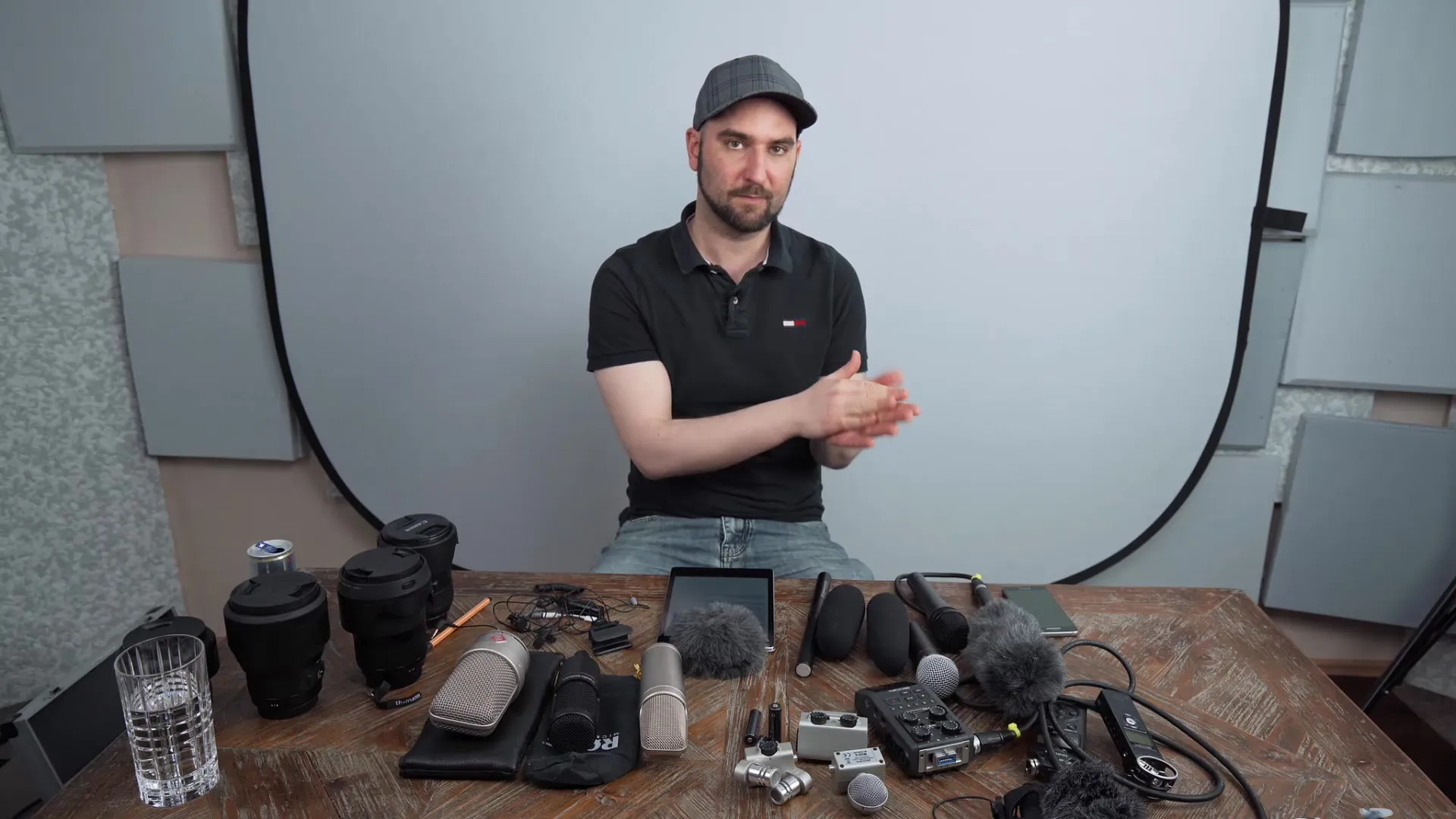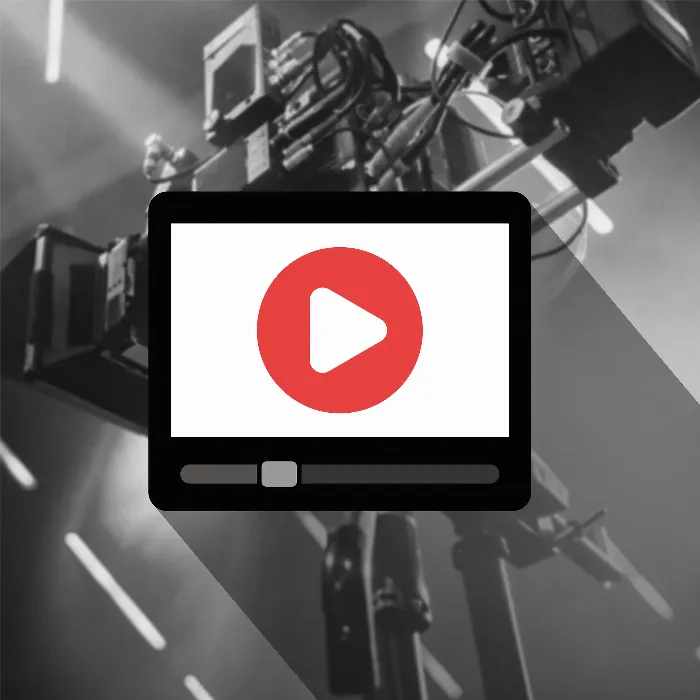You recorded a video and found that the sound does not match the image? This can be frustrating, but it is not uncommon. Often, different devices are used for the video and audio, making it necessary to merge these two tracks in post-production. In this guide, you will learn how to effectively synchronize the video track and the audio track. You'll receive a step-by-step guide showing you which methods are available and how to apply them best.
Key Insights
- There are various methods for synchronizing audio and video.
- A simple clap can be used as a marker for synchronization.
- Advanced software can handle synchronization automatically.
Step-by-Step Guide
Let's start with the first and probably easiest method you can use to merge video and audio.
Method 1: Connect Microphone Directly to the Camera
One of the most effective methods is to connect the microphone directly to the camera. In this case, the image is recorded alongside the video track, and you receive a perfectly synchronized track. Note that this is only possible if you have a microphone that is compatible with your camera.
Method 2: Use Claps for Synchronization
If you recorded external sound, for example, with a recording device or a smartphone, there are two tried-and-true methods to synchronize the tracks. The first method, known to many, is based on clapping. You simply clap once or twice. This sound creates a spike in both the audio track of the camera and in the external microphone.
It is important to align these two spikes exactly. Therefore, you should zoom in as much as possible in your editing program to find the exact points. A simple trick for checking is to play both tracks. If you hear a reverb effect, the tracks are not yet synchronized. Ideally, they sound robotic when layered correctly.

Method 3: Automated Synchronization with Software
If you have shot countless takes, for example for a music video, an automated solution comes into play. There are various plugins and editing programs that can handle the synchronization for you. You simply load all the files into the program: the video track, the audio track from the camera, and the external audio track.
The software then analyzes the tracks using artificial intelligence and aligns them correctly. This is particularly convenient if you do not want to spend time manually searching and synchronizing. While the program does the work, you can relax – the process is completed in just a few minutes.
Summary - Effectively Synchronizing Sound and Image: Step-by-Step Guide
In this text guide, you have learned various methods for synchronizing video and audio. From directly connecting a microphone to the camera, through manual synchronization with a clap, to using automated software solutions, you now have a good overview of the procedures available to you. The right method ultimately depends on your workflow and equipment.
Frequently Asked Questions
How do I synchronize my audio manually?You can synchronize the tracks by clapping and aligning the spikes in your editing program.
What to do if I have many takes?Use automated software or plugins to simplify synchronization.
How can I tell if the tracks are properly synchronized?If the voices sound robotic and there is no reverb effect, the tracks are properly synchronized.
What software is best for synchronization?There are many programs that use artificial intelligence to effectively synchronize audio and video, such as Adobe Premiere Pro or DaVinci Resolve.


